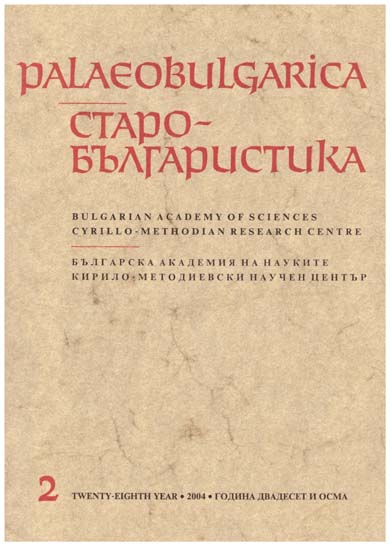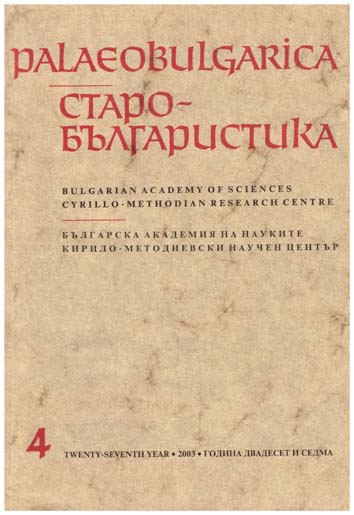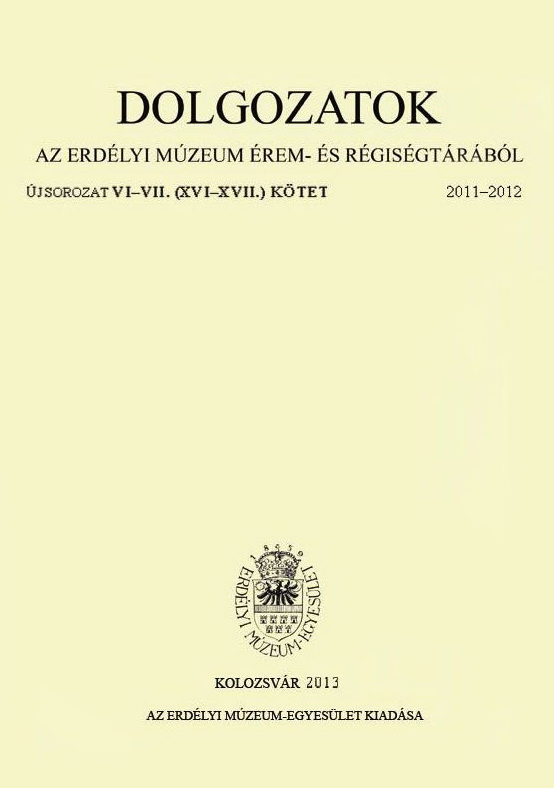Author(s): Andrzej Kompa / Language(s): English
Issue: 5/2015
In a nutshell: 1. I believe that Ekloge Chronographias of George Syncellus and Chronographia of Theophanes the Confessor should be treated as a single project, undertaken in turn by two authors; 2. There are important stylistic differences between the two parts, noticeable in the fragments, in which the authors deliver some editorial remarks or disclose their personal opinions; from a wider selection of such phrases, references to the past or future such as ‘as I have mentioned / as I said / as have been said / as we demonstrated above, etc.’, being diverse and individual, are especially helpful. 3. This observation is of great use not only for the texts analysed here, it may be used to confirm authorship of many other texts. 4. As for George and Theophanes, the TLG search of such structures in all extant classical Greek and Byzantine output confirms the statement nr 1, with clauses like ὡς προέφην / καθὼς καὶ προέφην / ὡς προέφημεν / καθὼς προέφημεν both rare in the whole preserved corpus, and relatively often used by the author of Chronographia. The style of the proemium of Chronographia fits the rest of the work and differs from Ekloge Chronographias. 5. Precise analysis of a wider group of similar clauses shows that Ekloge Chronographias and Chronographia were written by two different authors; Chronographia was created by one author, distinctive and independent, no matter how reproductive at the same time he was. I see no convincing arguments not to call this author Theophanes. Some later and partial editiorial interventions to Chronographia, conceivable (rubrics?) and in some instances even certain, do not challenge this view. 6. Only a few entries from the initial parts of Chronographia fit more the George’s work; their style and content bear much more similarities with Ekloge (in AM 5796, 5814, 5818, 5827, 5828). These paragraphs, George’s aphormai, probably in form of loose notes, were inserted to Chronographia by its author the same way as he used his sources for the subsequent parts; they did not reach beyond the times of Constantine I. 7. I do not dismiss the message of the proemium to the Chronographia as it is much more credible than the discussion, sometimes hypercritical, on the vitae and the scraps of the Confessor’s biography. I see no reason not to believe that the idea established and developed by George was then taken over by his friend; the differences result from the independent work of the former and then of the latter, presumably with only rudimentary guidance at the beginning. 8. The ‘genuine friendship’, the crucial relation between the two authors is still the most useful key to understand the history of the tripartita – therefore, I analyse it in the final part of the paper.
More...
















